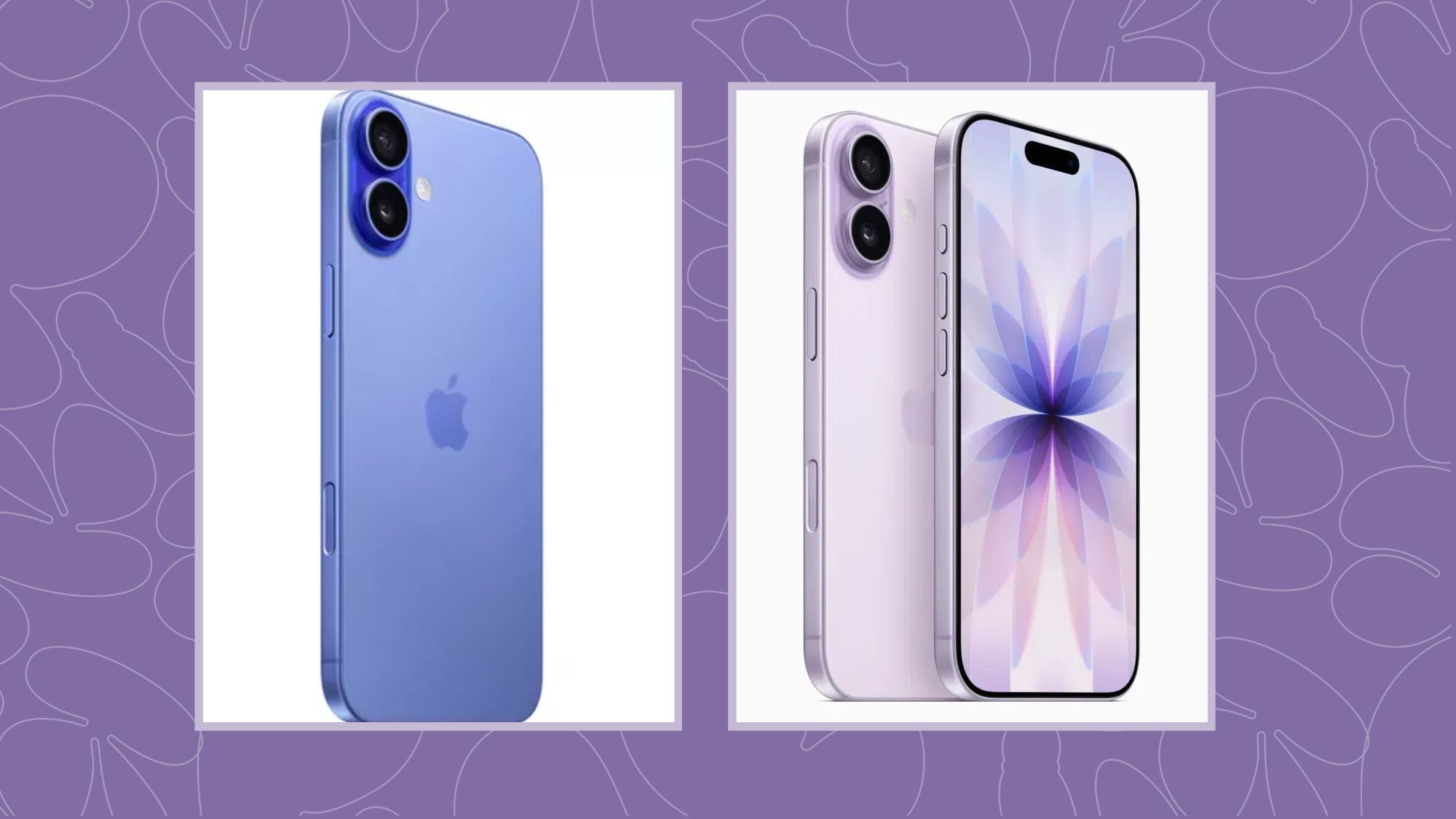It almost feels like as soon as you finally get your hands on the latest iPhone, Apple is already lining up the next one. They don’t waste time when it comes to upgrades, and this year, the spotlight is on the iPhone 17 series.
With the latest release of the iPhone 17, iPhone 17 Pro, iPhone 17 Pro Max, and the super-slim iPhone 17 Air, Apple clearly wants to make sure there’s something for everyone. The big question is how different is the iPhone 17 from last year’s iPhone 16, a phone many people still rave about? Let’s break it down.
Subtle vs. Bold Design
The iPhone 16 carried over much of the iPhone 15’s design DNA with its flat edges, aluminium frame, and Ceramic Shield front glass. Its main tweak was a vertical dual-camera arrangement, which wasn’t just aesthetic but enabled spatial video recording for Vision Pro. Colour options leaned on the playful side with the inclusion of Pink, Blue, Green, and Black colours.
The iPhone 17 doesn’t reinvent the wheel for its base model but introduces softer curves, thinner bezels, and fresh shades like Lavender, Sage, and Mist Blue. The star of the show, though, is the iPhone 17 Air. At just 5.5mm thick, it’s Apple’s slimmest large-screen iPhone ever, lighter than the iPhone 16 yet packing a bigger display. For anyone who wants big-screen entertainment without hand strain, the Air might be the sweet spot.
Display: Where the 17 Pulls Ahead
The iPhone 16’s Super Retina XDR display was bright, colourful, and sharp. But Apple stuck with a 60Hz refresh rate on the base models, which made scrolling and animations feel slightly less fluid compared to Android rivals. Peak brightness reached 2,000 nits, which was plenty for outdoor use.
The iPhone 17 finally gives people what they’ve been asking for, which is the 120Hz ProMotion refresh rate on every model. Scrolling feels smoother, gaming looks more responsive, and even everyday gestures like swiping between apps feel more natural. Brightness also takes a leap to 3,000 nits, which helps visibility under harsh sunlight. On top of that, Apple has swapped in Ceramic Shield 2 glass, which improves scratch resistance (something long-time iPhone owners will appreciate).
So, while the iPhone 16’s screen was good, the iPhone 17’s feels like the one we should have had years ago.
READ ALSO: Is The Google Pixel 10 & 10 Pro Worth Its Hype and Price?
Cameras: Good vs Game-Changing
The iPhone 16 introduced a sharper 48MP main sensor with a 12MP ultra-wide, which had autofocus for macro photography. Apple also added the new Camera Control button, though some users found it a bit finicky. Overall, photo quality was reliable with natural colours, excellent video stabilisation, and much better low-light shots compared to older models.
With the iPhone 17, you’ll capture stunning, super-high-resolution shots in a wide range of conditions, from bright to low light. And at 256GB, it has double the starting storage of the previous model.
The iPhone 17 levels up in multiple ways:
-
Both main and ultra-wide cameras are 48MP, so detail is sharper across the board.
-
Built-in 2x telephoto on the base model means you can zoom while maintaining image quality.
-
The Pro models gain a variable telephoto lens capable of 5x to 8x optical zoom. This makes them more versatile than ever.
-
On the front, the selfie camera gets a bump from 12MP to 18MP (or 24MP on Pro models), finally catching up with the demands of social media creators. We’re finally getting the front-facing shots people have been asking for since the iPhone 11 days.
For video, the iPhone 17 enhances spatial video recording and adds better stabilisation for handheld clips. If you care about content creation, the 17 clearly pulls ahead.
Performance: A18 vs A19
The iPhone 16 brought the new A18 chip, which made it one of the fastest phones of 2024. It handled everything from gaming and multitasking to AI-powered features without lag.
The iPhone 17 debuts the A19 chip, built on 3nm technology. Apple claims around 20% better performance and even greater efficiency. What’s more interesting is the new thermal management. Pro models now use a vapour cooling system that keeps the phone cooler during heavy gaming or 4K video recording. For gamers, videographers, or multitaskers, this makes the 17 a smoother long-term pick.
Gaming and Graphics
The iPhone 16 could already run console-quality titles like Resident Evil Village and Genshin Impact at high settings, thanks to the A18 chip. Unfortunately, prolonged sessions led to heating, and frame rates occasionally dipped.
The iPhone 17 Pro models add ray tracing improvements and 12GB RAM. This means they’re even more capable of handling console-level games. With better heat dissipation, frame rates should hold steady for longer sessions.
READ ALSO: Nigerian Gamers, These Are The Best Console Deals Online Right Now
Battery Life and Charging
The iPhone 16 delivered excellent endurance with 15+ hours of active use, but charging speeds were stuck at 30W, topping up to about 60% in one hour. Wireless MagSafe was capped at 15W.
The iPhone 17 brings noticeable upgrades:
-
Faster charging, 50% in just 20 minutes (wired).
-
Bigger batteries, with the Pro Max reaching 5,000mAh (a first for Apple).
-
The thin iPhone 17 Air uses a new steel-cased battery design that improves heat dissipation and efficiency.
Durability and Build Quality
Both iPhones use aluminium for the base models and titanium for the Pro models. Although the Phone 17 Pro titanium is refined, with improved scratch resistance. Water resistance remains IP68 on both, but the new Ceramic Shield 2 gives the iPhone 17 an edge in durability.
Audio and Multimedia
READ ALSO: 7 Best Open-Ear Headphones for People Who Hate Earbuds
Software and AI
Pricing: What You’ll Pay
Should You Upgrade?
>
